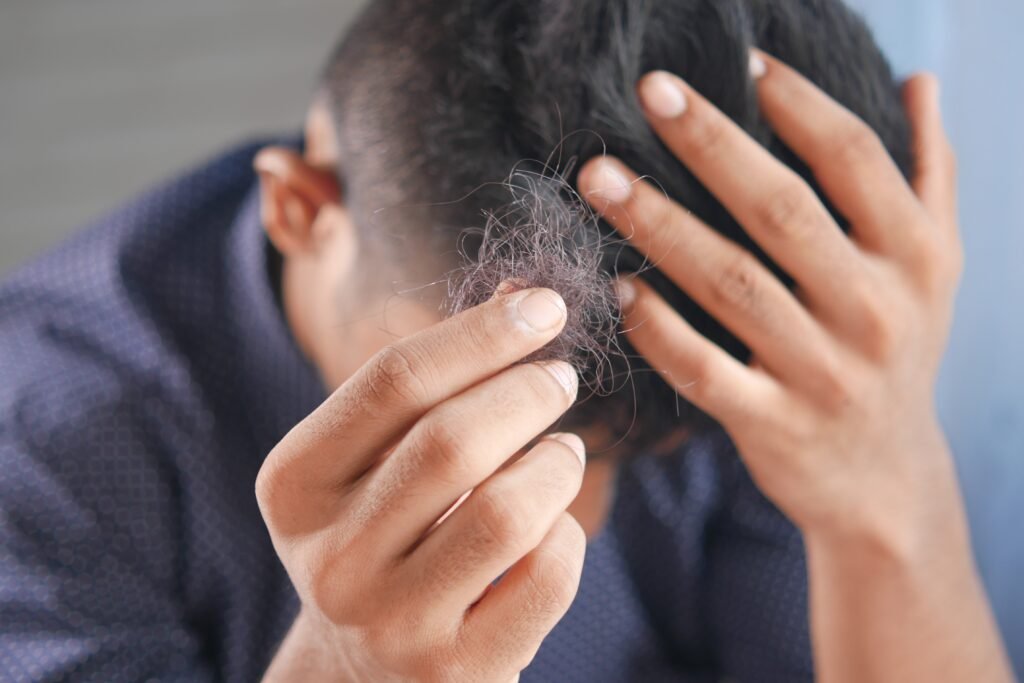
Hair loss can make a person lose some self-confidence, as they may feel less attractive. Fortunately, hair can be regrown using certain natural and medical products, and hair transplantation can also restore lost hair.
There are different types of hair transplantation procedures with varying levels of success. One clinical study found that patients who underwent platelet-rich plasma therapy experienced over 75% hair growth after half a year had passed.
What are the Common Causes of Hair Loss?

Androgenetic alopecia is also known as hair loss or female pattern alopecia. Hair thins on the sides and over the apex of the patient’s head.
Pregnancy can also cause hair loss. Estrogen levels may dip after the woman has given birth, leading to temporary hair loss.
Telogen effluvium causes the number of follicles that reach the telogen phase to increase. The telogen phase is the phase where your hair falls out.
Anagen effluvium is caused by chemotherapy, or other medications that damage or destroy growing hair follicles.
Alopecia areata is caused by the patient’s immune system attacking healthy body parts, including hair follicles.
Traction alopecia is triggered by pulling hair into tight hairstyles, such as extensions, braids, tight buns, or cornrows.
Nutritional deficiencies may also cause hair loss, such as iron and protein deficiency.
Genetics may also play a role, as you may have inherited a hair loss condition from a member of your family.
What Treatments are Available For Thinning Hair and Hair Loss?
Minoxidil can be purchased over-the-counter and will need to be used for several months for your hair to appear thicker. It is available in liquid and foam and is designed to be applied directly to the scalp.
Finasteride is a pill that is only available with a prescription. It will take months to notice any results. And similarly to Minoxidil, you will begin to lose hair again if you stop using it.
Microneedling involves a leading-edge device that includes hundreds of needles that are used on the scalp. The needles are very small, and the American Academy of Dermatology claims that they may be able to help some patients regrow their hair.
A hair transplant is designed for patients who want long-term results. A strip of skin with hair on it may be removed from a section of your scalp. Or, individual follicles may be extracted and then inserted into balding or thinning areas on your scalp.
Low-level laser therapy will need to be performed several times a week for several months to obtain any noteworthy results. It is sometimes used to facilitate hair growth and healing after a patient has undergone a hair transplant.
Platelet-rich plasma involves injecting your plasma into the areas of your scalp where hair thinning or loss is prominent. You will need to receive the treatment once every three months, and follow-up treatments are also the norm.
What is Hair Transplant Surgery, and How Does it Work?

During a hair transplant, the surgeon will extract follicles from an area of hair that is quite dense. In most cases, the donor area is found in the back of the patient’s head. The follicles are then implanted into slits on the part of the scalp that is affected.
There are also two different types of hair transplants. A follicular unit strip surgery involves extracting a skin strip from the donor region and stitching up the incision site.
Next, the donor skin is dichotomized using a microscope so that several follicular units can be made. The follicular units are tiny, but they will contain a few hair follicles that can be implanted into the problematic regions to stimulate hair growth.
A follicular unit extraction involves using what is known as a punch tool to extract follicles from the donor region. Stitches are usually not required with this procedure. Scarring also tends to be less noticeable when compared to follicular unit strip surgery.
In terms of success rates, hair transplants have been clinically proven to restore hair growth. Many forms of hair loss can be treated, albeit the success rate will depend on the donor’s hair’s thickness and the surgeon’s experience and skill.
Hair transplant surgery can provide long-lasting results in many cases, although some patients may require a touch-up or follow-up procedure in a few years.
There is Hope
Hair loss can be caused by aging, pregnancy, nutritional deficiencies, genetics, or several medical conditions, such as androgenetic alopecia. Some patients may try natural remedies to obtain relief, while others may turn to OTC or prescription medications like Rogaine.
Hair transplants are often recommended for patients who want longer-lasting results.



